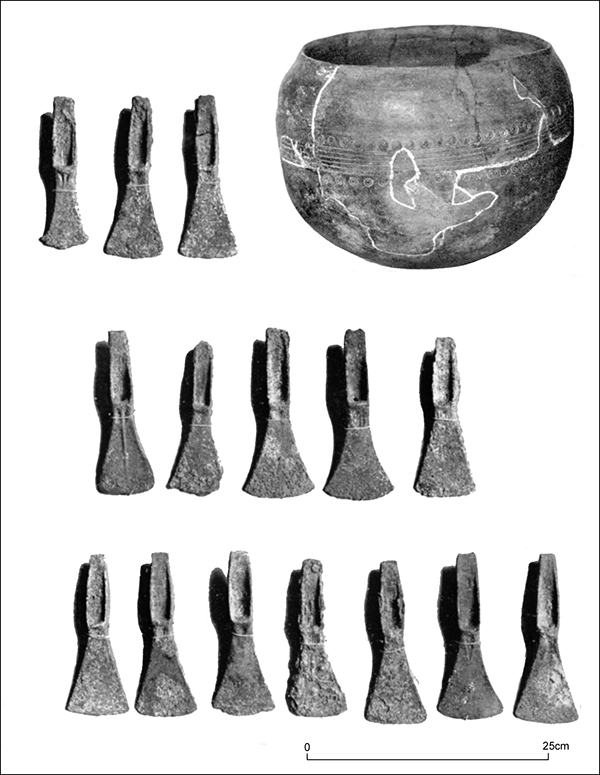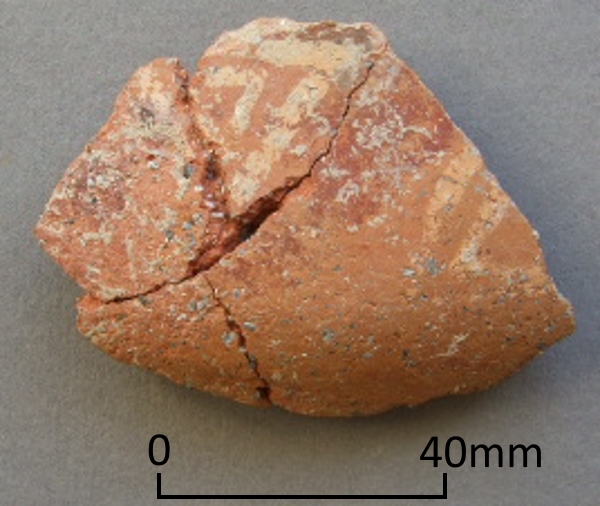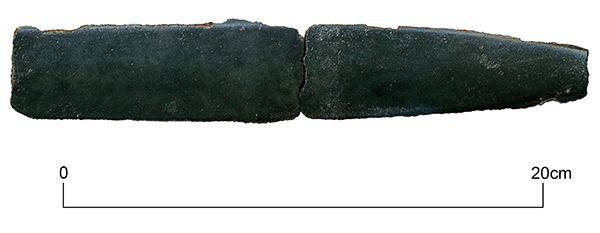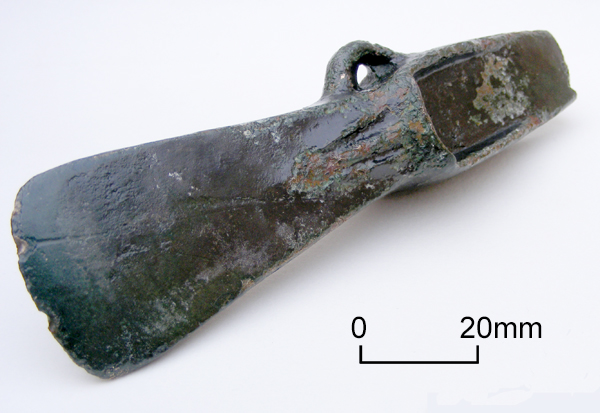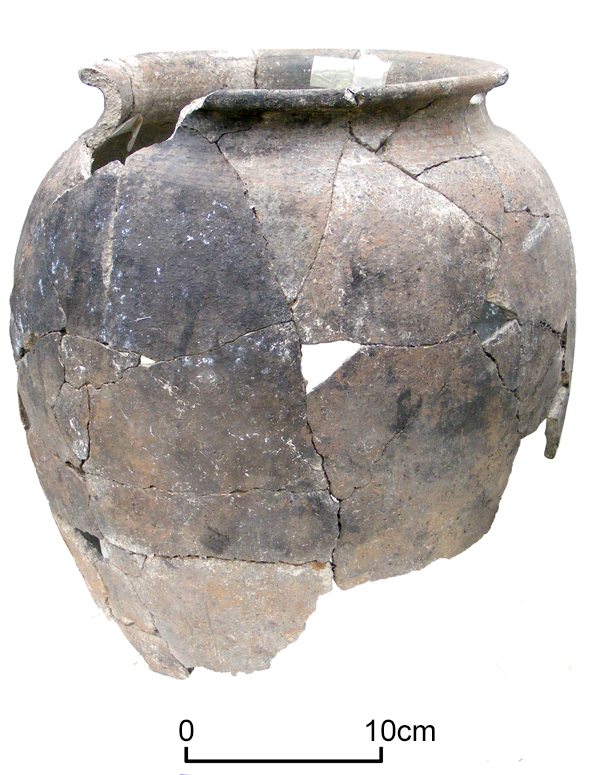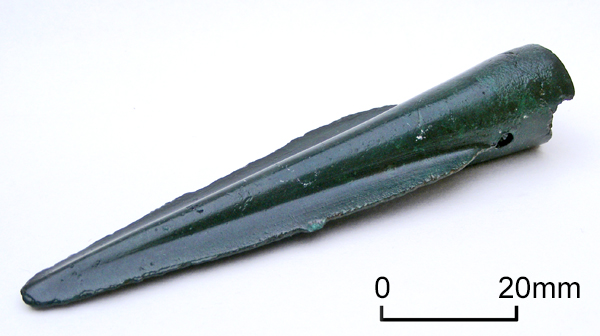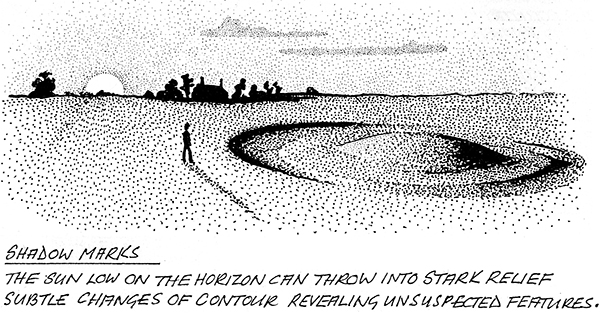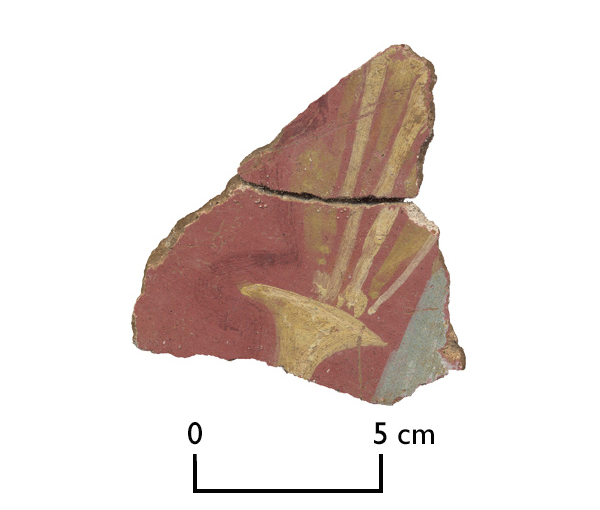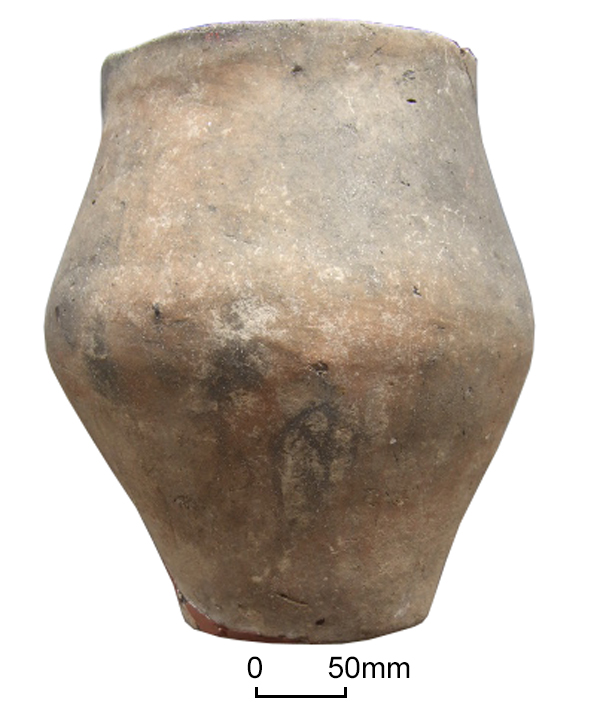
The image for Day 200 of the VM_365 project is of a complete pottery vessel which was found on a building site somewhere in eastern Cliftonville, Margate. The significance of this pot is that it has proved very difficult to date using the conventional methods of fabric analysis and typology that archaeologists use to date prehistoric pottery.
The ceramic of most periods have ‘signatures’; typical vessel shapes and types of decoration. Sometimes fragments of pottery, or a complete vessel as in this case, can be found that defies ready interpretation.
The fabric of the vessel in the image is flint tempered and it is quite well made, but it does not belong easily in any Later Prehistoric period. The vessel can’t be from an earlier prehistoric period, before around 1500 BC, because all Early to Middle Neolithic pots were flint tempered, but had round bases. The other Early Prehistoric potting traditions; Late Neolithic Grooved Ware or the Early Bronze Age Beakers and Urns; were predominantly made from grog-tempered fabric.
Sometimes the context of discovery of a vessel helps to fit it into a particular period, but all we know about this vessel is that it was recovered from a building site, without any further information. Specialists who have examined the vessel have been left scratching their heads, although one has suggested a date in the Middle Iron Age, somewhere between c.400-300 BC or a little later, although it is far from typical of the pots of that period.
This interesting puzzle shows that although archaeologists have been able to characterise the typical pottery from many periods, and fit them into a complex scheme describing the development and progress of styles and potting techniques, there is always the rare possibility of an outlier which has previously been unrecognised emerging and upsetting the established rules, leaving room for new research and ideas to be developed.
We are grateful to Nigel Macpherson Grant for today’s image and posing this ceramic conundrum.
 The image for Day 200 of the VM_365 project is of a complete pottery vessel which was found on a building site somewhere in eastern Cliftonville, Margate. The significance of this pot is that it has proved very difficult to date using the conventional methods of fabric analysis and typology that archaeologists use to date prehistoric pottery.
The image for Day 200 of the VM_365 project is of a complete pottery vessel which was found on a building site somewhere in eastern Cliftonville, Margate. The significance of this pot is that it has proved very difficult to date using the conventional methods of fabric analysis and typology that archaeologists use to date prehistoric pottery. The image for Day 200 of the VM_365 project is of a complete pottery vessel which was found on a building site somewhere in eastern Cliftonville, Margate. The significance of this pot is that it has proved very difficult to date using the conventional methods of fabric analysis and typology that archaeologists use to date prehistoric pottery.
The image for Day 200 of the VM_365 project is of a complete pottery vessel which was found on a building site somewhere in eastern Cliftonville, Margate. The significance of this pot is that it has proved very difficult to date using the conventional methods of fabric analysis and typology that archaeologists use to date prehistoric pottery.